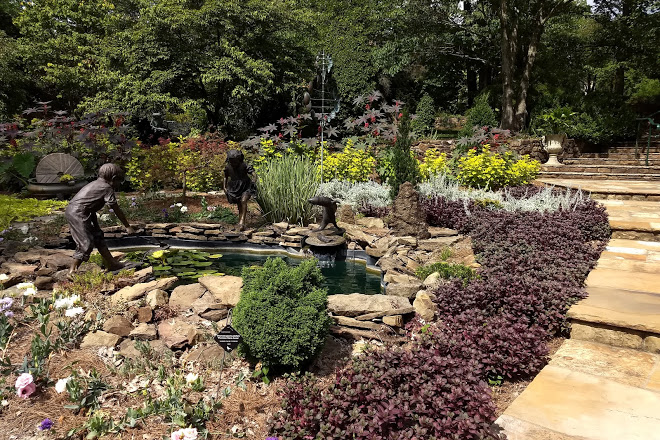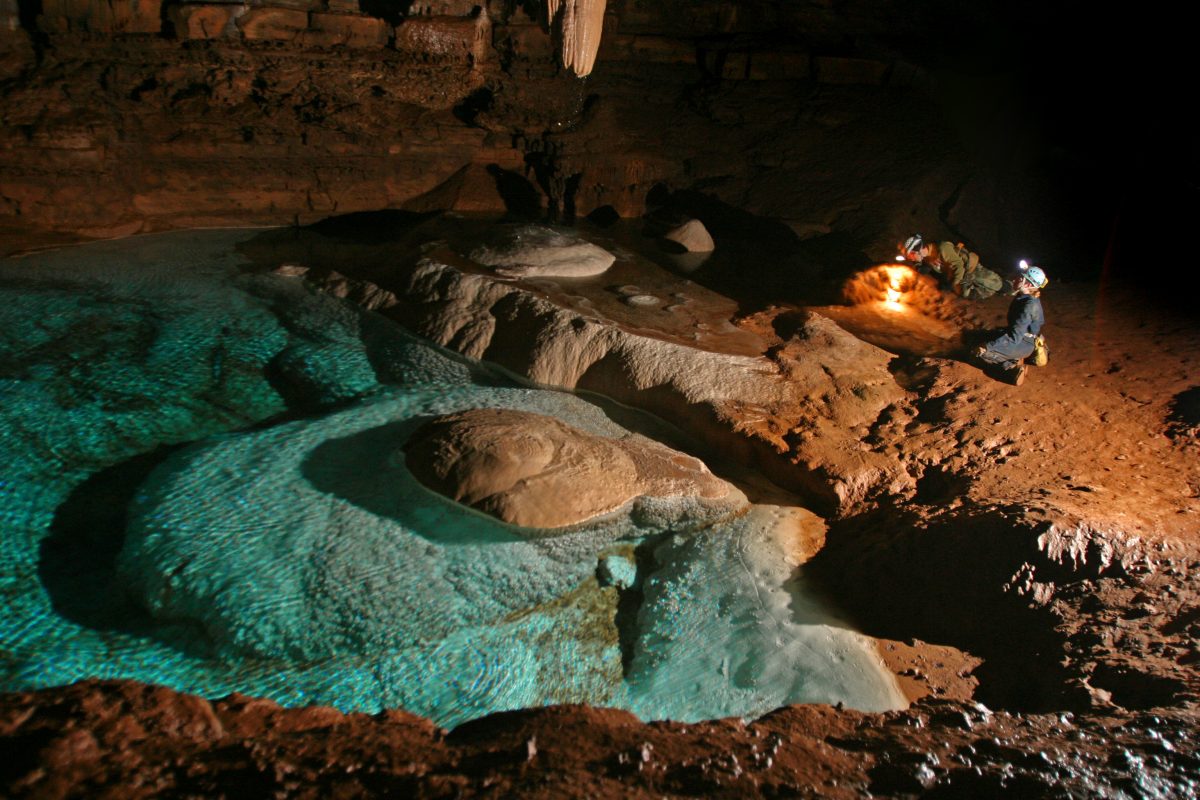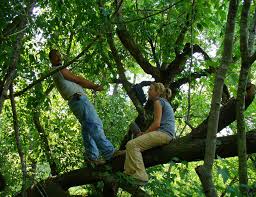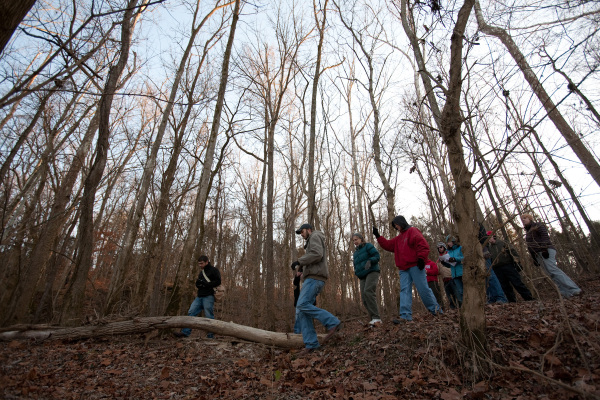WKU Outdoor Classrooms

The Baker Arboretum was founded in 1992 by local businessman and philanthropist Jerry E. Baker (1931-2017). Baker received an honorary doctorate from WKU in 2001. He was named as a 2002 Distinguished Service Medal recipient, Volunteer of the Year from the WKU Foundation and was selected WKU’s Philanthropist of the Year in 2005. The following year, Baker made a $15 million gift to WKU that included the arboretum, his home, and art collection. The 115-acre Arboretum was designed by landscape architect Mitchell Leichhardt (1924-2015) using Baker’s tree and art collections as inspiration. There are over 160 Japanese maple trees, as well as many varieties of dogwood, magnolia, and other flowering trees.

Located 25 miles northeast of WKU near Smiths Grove is a 2.1 acre preserve protecting the opening to a 2-kilometer-long cave system known for significant archaeological deposits. Formerly known as Cave Springs Caverns, Crumps Cave was acquired from a private landowner by WKU in 2008 and a world-class research facility was created. Funded partially by the United States Department of Agriculture (USDA) students and professors now have the ability to study the impacts of agriculture on the epikarst, or subcutaneous zone, and the quality of the karst groundwater. A monitoring system has been set up to measure atmospheric conditions, soil moisture, epikarst water transport, water chemistry, and cave microclimate both inside and outside the cave.

The Green River Preserve (GRP) covers over 1600 acres and both sides of the Green River in Hart County, Kentucky. Through research and conservation efforts it is the mission of the GRP to protect this diverse river region. Protected habitats include bottomlands, uplands, barrens, caves, limestone glades, and the river. The Green River is home to over 150 species of fish and 71 species of mussels. One mussel bed has been documented as having nine federally listed endangered species. The McCoy Blue Hole empties an underground karst system of 34 square miles. Two federally endangered bat species and endangered cave shrimp have also been documented from the groundwater basin.

The McChesney Field Campus is 140 acres found in northern Warren County along the Green River. It was donated by family members of the late H. F McChesney who came to Bowling Green in 1927 to teach foreign language at Ogden College. The following year Ogden merged with WKU and McChesney continued to teach until his retirement in 1959. Almost every discipline can benefit from this unique learning environment, but it is particularly important in fields including cave and karst study, geology, geography, sustainability and more. The Green River accessibility allows for even more environmental research and physical outdoor study.

